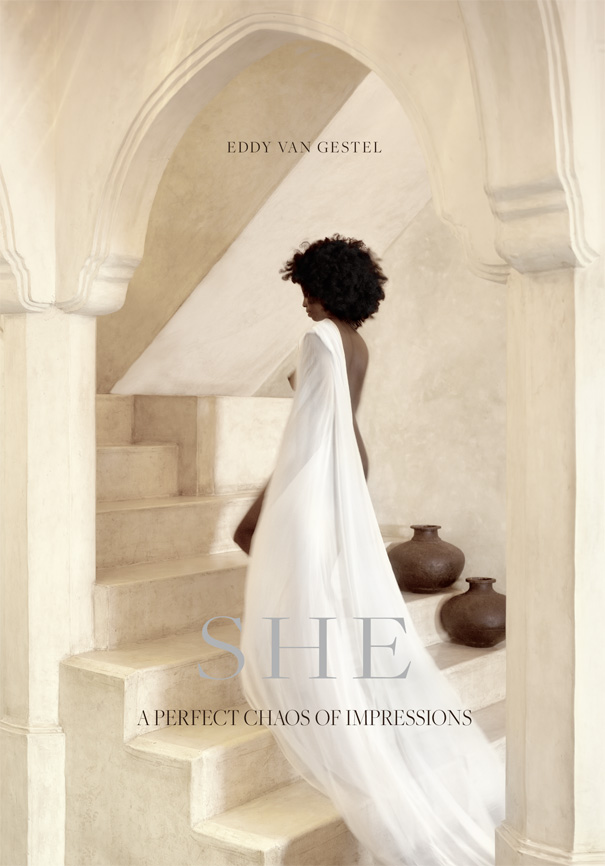
It is clear now how much I did underestimate the impact of a single conversation with top model Ajuma Nasenyana more than a decade ago. How, as one of the first black models in a white industry, she spoke out for more attention to the undervalued beauty, sensuality and power of African women. How there were so many impressive coffee table books starring beautiful white women, yet not one of them was celebrating black women. How I could barely believe it at the time, not being familiar with the material. And how nudity is ordinary, natural, and need not be sinful – a sentiment that black people were deprived of by white people in a bygone era.
I would like to tell you about how I immersed myself in this, about my doubts in venturing into this project, as a white person, and especially as a white man. About the fear of being misunderstood. How I finally, hesitantly, began, seeking the right tone, the right mood. Knowing full well that even a slight misjudgement in how I make someone look at the camera, a slightly wrong pose or composition, quickly results in something that could have been art degenerating into something flat, something cheap. In other words, how challenging it is to portray someone, naked or not, and stay away from erotica. A misstep like that would have seen this concept completely miss its mark.
I would like to thank all these brave women. For their enthusiasm and dedication, and because it has been an honour to be able to work with them. I’m happy that the world has changed so much. A catwalk is no longer a catwalk without black models; the covers of Vogue and other magazines are no longer exclusively white. Finally.
Eddy Van Gestel
Lamu, Kenya, March 2024.

